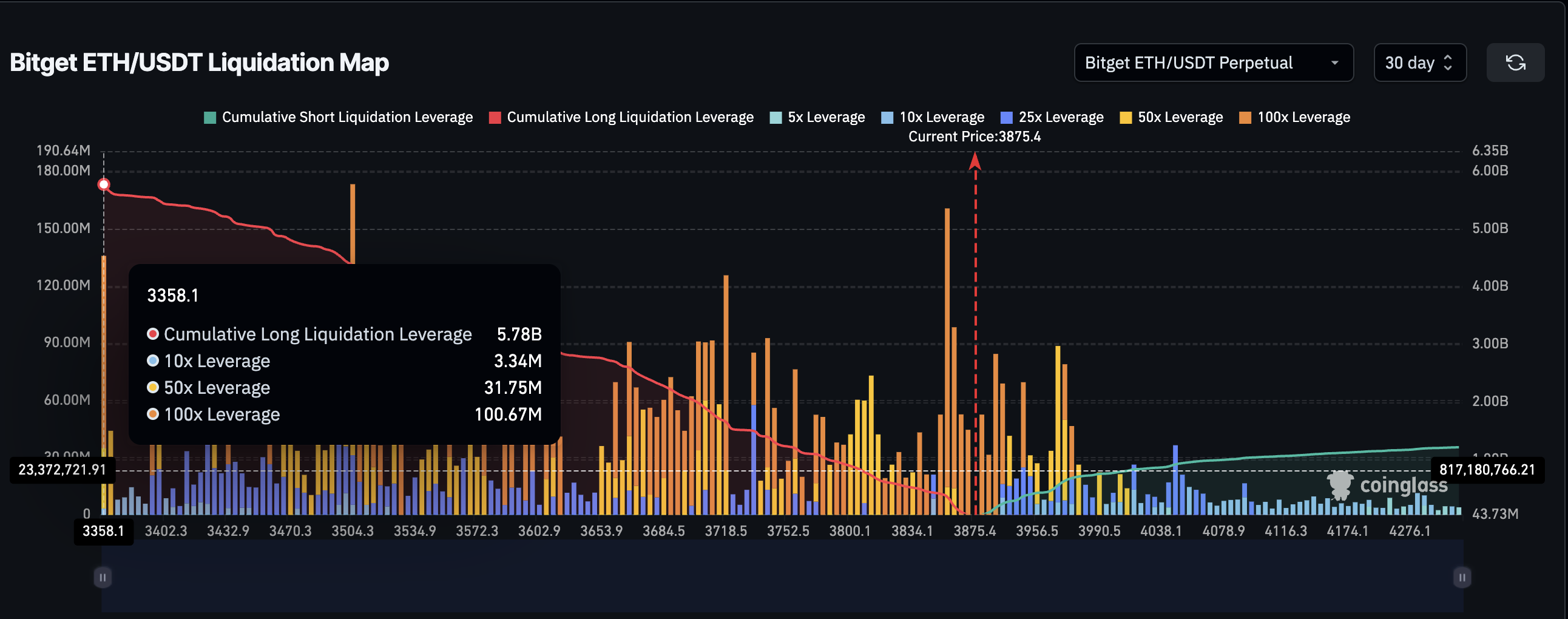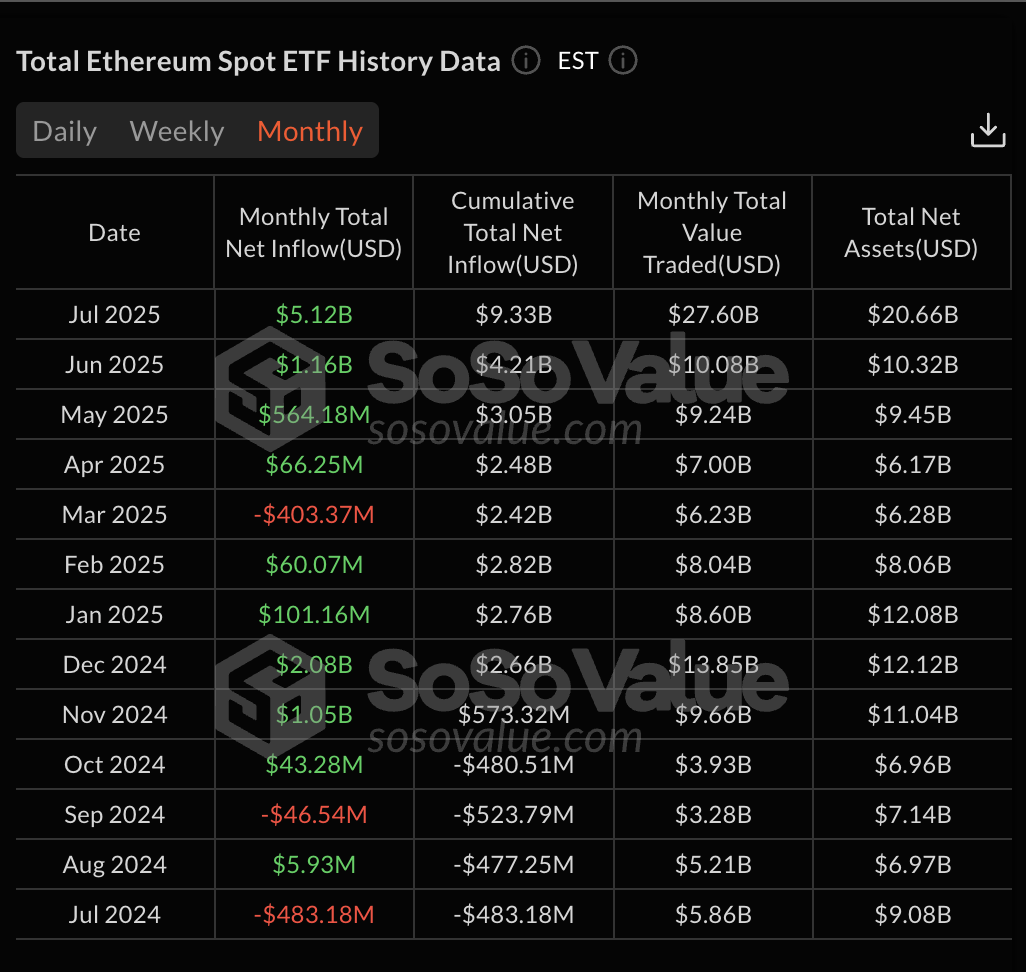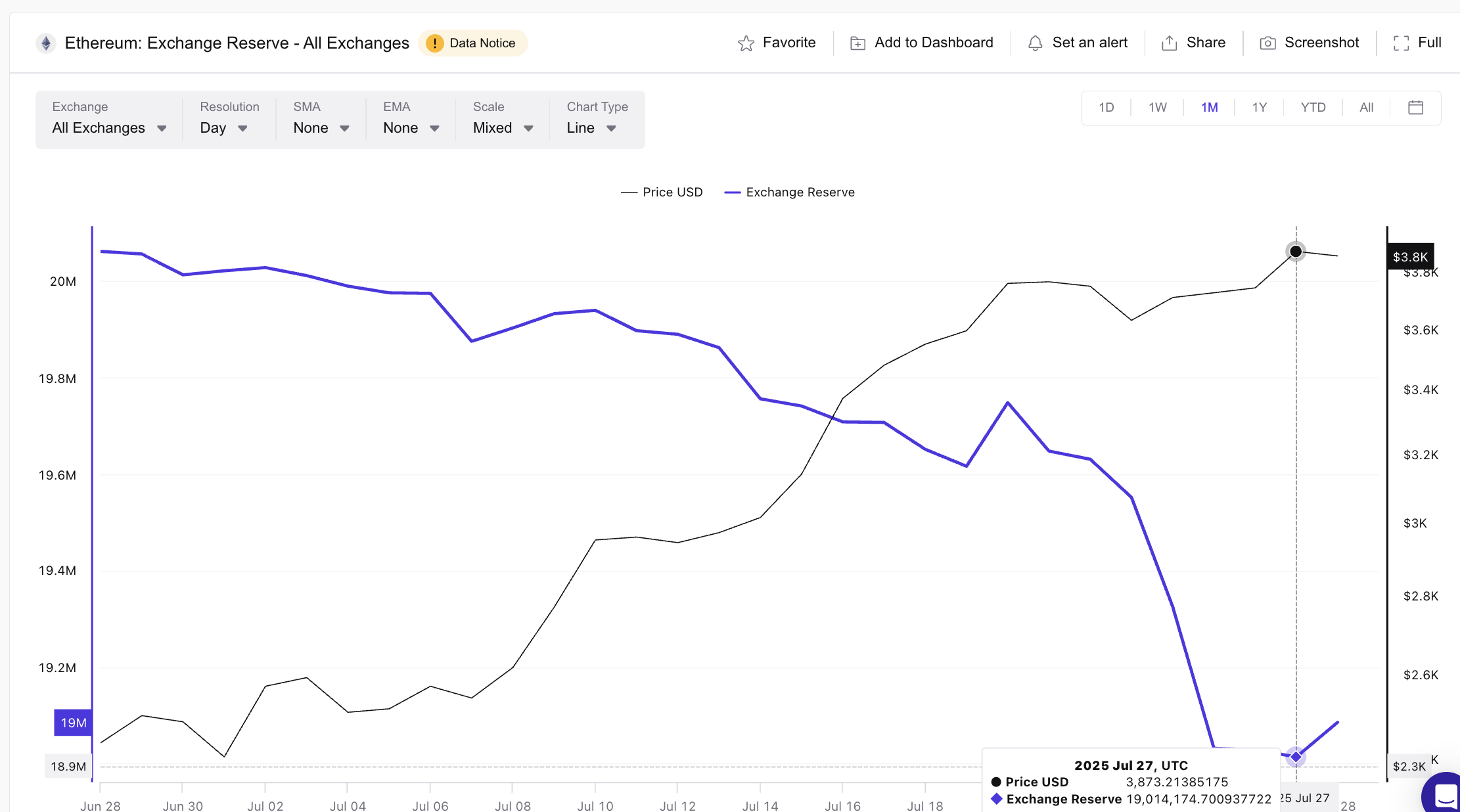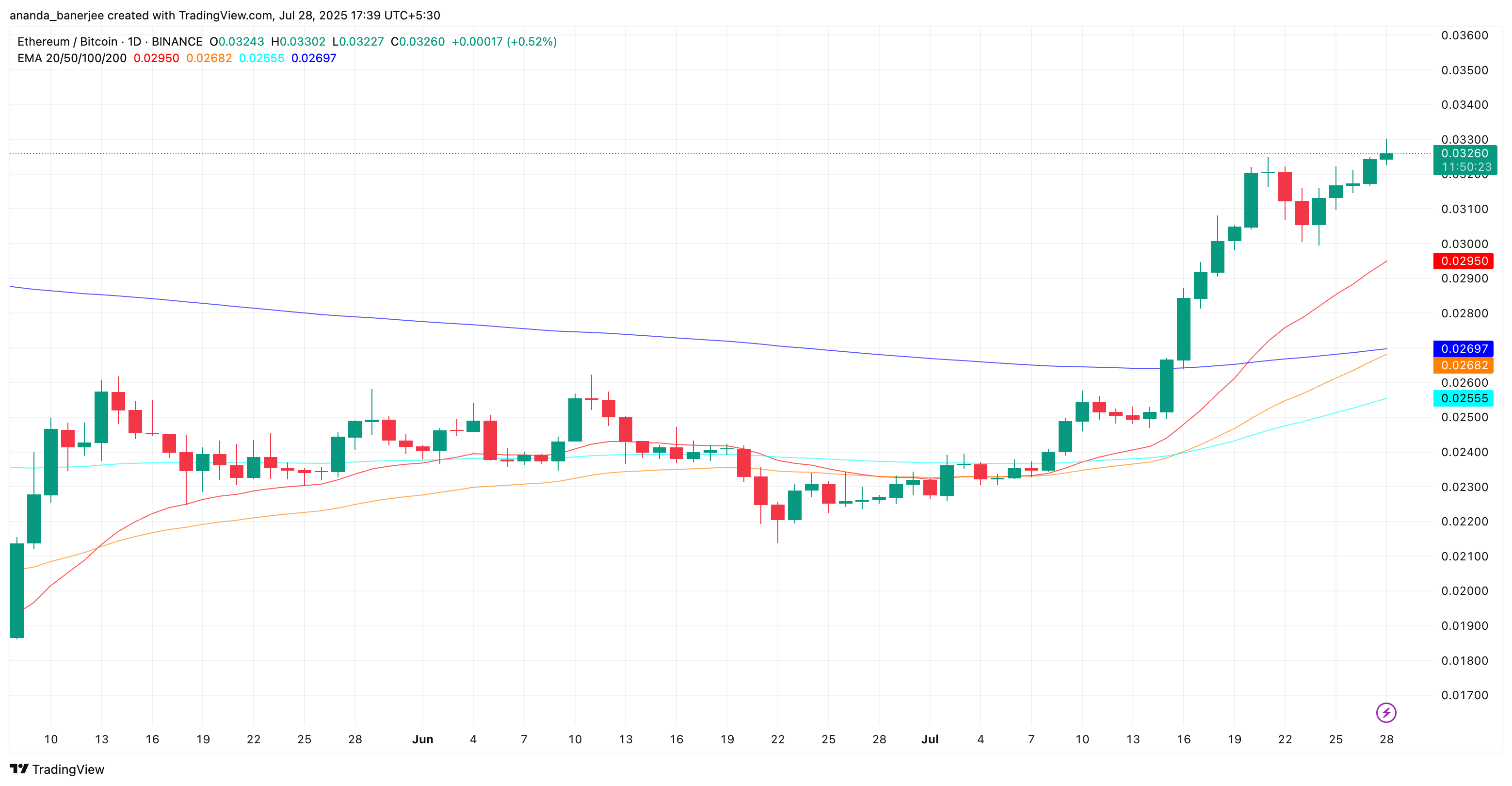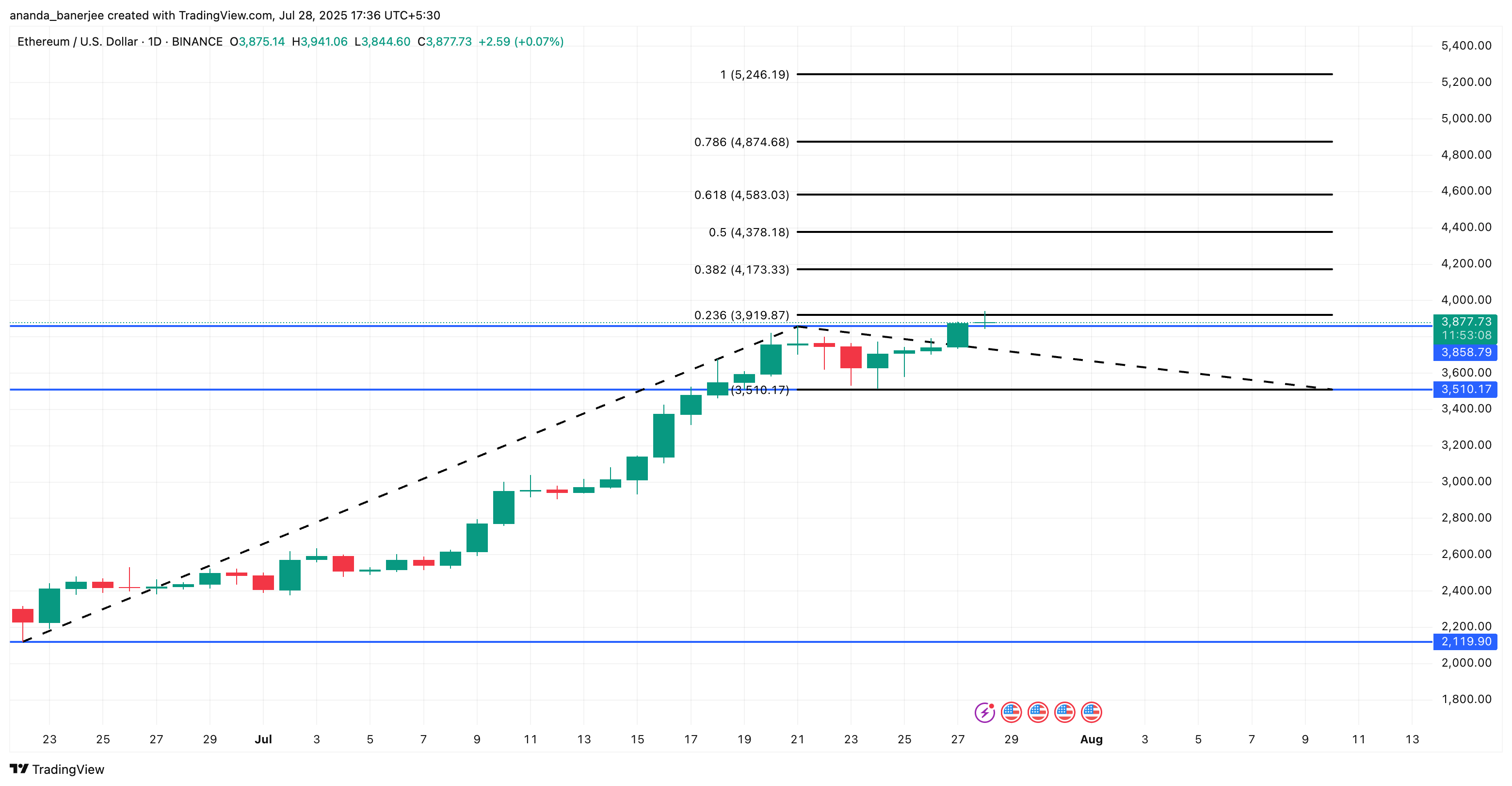
The crypto market is bullish today, as traders looking to buy the dip after the April 7 bloodbath caused by macroeconomic fears. As most altcoins edge higher today, several economic events happening this week including the release of FOMC minutes for the March meeting and possible emergency fed rate cuts have fuelled optimism that the market may sustain its gains. Traders are now searching for the best crypto to buy to scoop significant gains.
Crypto Market in Focus Ahead of FOMC Minutes and JPMorgan Warning
The crypto market has been battered this week amid discussions revolving around tariffs and trade wars. The global stock market has also wiped out trillions of dollars, while Bitcoin and most altcoins are struggling at multi-month lows.
However, more volatility lies ahead during the week. The Federal Reserve will release its minutes of the March FOMC meeting where it left interest rates unchanged. CPI inflation data will be released later on Thursday.
JPMorgan Executive Bob Michele warned that the Fed might be forced to call an emergency fed rate cut before the next Fed meeting on March 7. Michele’s sentiment comes after President Trump urged Fed Chair Jerome Powell to stop playing politics and trim interest rates.
If this week’s FOMC minutes show the Fed has flipped dovish despite the ongoing turmoil, it could trigger a turnaround for risk assets like crypto. In this instance, below are the best crypto to buy for significant gains.
Top Crypto to Buy This Week
The best crypto to buy ahead of an eventful economic week includes Ripple (XRP), Hedera (HBAR), Hyperliquid (HYPE), and Fartcoin (FARTCOIN).
Ripple (XRP)
XRP price has posted a modest 3% gain in the last 24 hours. The altcoin has been catching attention as one of the best crypto to buy due to strategic acquisitions and institutional interest.
Teucrium Investment Advisers have launched the first XRP leverage ETF at the New York Stock Exchange (NYSE). The product will bolster institutional interest. Meanwhile, Ripple has acquired Hidden Road, a prime brokerage platform, for $1.25B, marking one of the biggest deals in crypto history.
Besides these fundamentals, the XRP price chart also makes a bullish case for Ripple. The altcoin has reentered a support zone that previously marked a surge in buying pressure. Meanwhile, XRP has moved from the lower Bollinger band, and if it rises to the middle band, it could drive strong gains.

Hedera (HBAR)
Hedera is a top crypto to buy this week ahead of FOMC minutes. In the last 24 hours, HBAR has recorded a staggering 10% gain. It is also teasing a breakout at the upper boundary of a falling wedge pattern. This hints towards a notable 2x surge to the target price of $0.26.

Besides the bullish setup, Hedera is also among the altcoins awaiting the SEC’s decision on a spot HBAR ETF. This ETF filing supports a bullish Hedera price prediction.
Hyperliquid (HYPE)
Hyperliquid is one of the top gainers across the crypto market today with a remarkable 10% surge to trade at $11.75. These gains make HYPE one of the best crypto to buy during the ongoing dip.
HYPE has formed a v-shaped recovery on the four-hour price chart. This shows a strong rebound. At the same time, the RSI stands at a neutral level of 50 but the volume profile bars show that buyers are active in this price zone. The next key resistance levels lie at $14 and $15.

Fartcoin (FARTCOIN)
One of the best crypto to watch during the ongoing turbulence is Fartcoin. As Coingape previously reported, FARTCOIN may be on the verge of a breakout past $2 after being one of the top gainers in the last 24 hours.
This Solana meme coin is forming higher lows on its 4-hour price chart, which shows that the momentum is building. The RSI is also rising to support the positive outlook.

Summary of Top Crypto to Buy
The crypto market may record more volatility this week ahead of the FOMC minutes and the possibility of the Fed announcing emergency interest rate cuts. The best crypto to buy ahead of these events are Ripple (XRP), Hedera (HBAR), Hyperliquid (HYPE), and Fartcoin (FARTCOIN).
The post 4 Crypto to Buy Ahead of FOMC Minutes as JPMorgan Warns of Emergency Fed Rate Cut appeared first on CoinGape.



